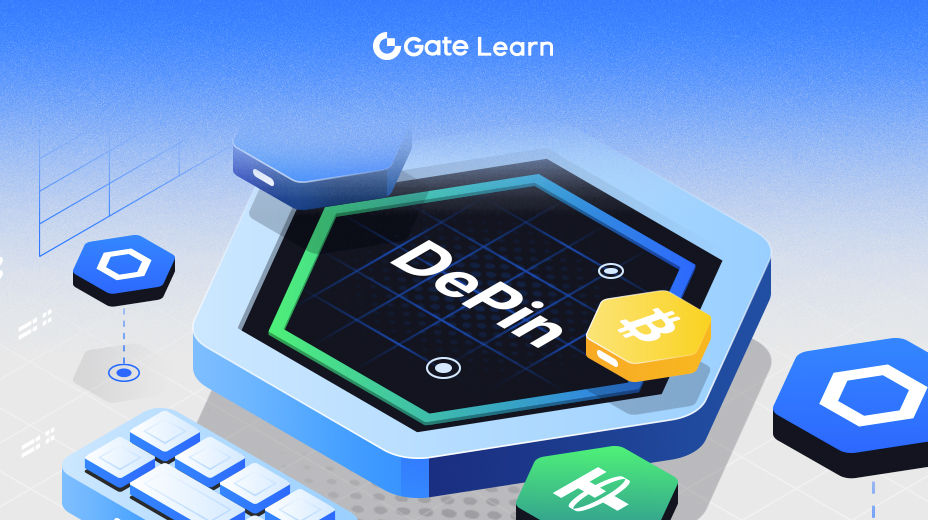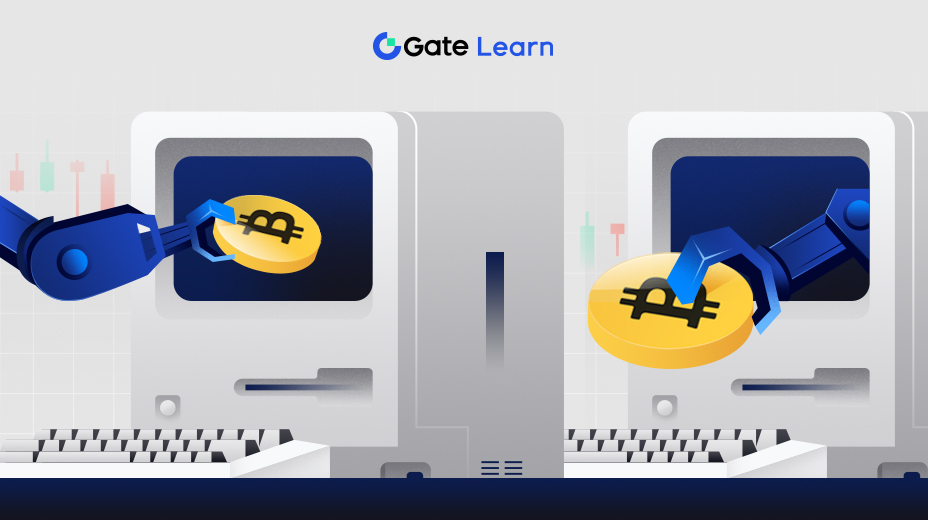DeFi安全基础
本章将深入探讨本次课程的核心内容:DeFi安全基础。您将学会区分传统金融安全和DeFi所面临的独特挑战。我们将探讨DeFi特有的安全威胁,并关注智能合约安全的重要性。
传统金融安全 vs DeFi 安全
在传统金融领域,安全在很大程度上依赖于中心化中介机构,如银行、保险公司和监管机构。这些机构负责保护金融资产、验证交易并在发生欺诈或纠纷时提供追索权。DeFi领域则采取了截然不同的方法。
DeFi中的安全主要是去信任和自动化的。交易和协议通过智能合约执行,无需中介。虽然这带来了透明度和可访问性等优势,但它也将安全责任转移到了用户身上。
传统金融和DeFi安全性之间的关键区别之一在于托管。在传统金融中,资产的托管通常移交给金融机构。DeFi则强调非托管解决方案,用户保留对其资产的控制权,降低了交易对手风险,但也直接让用户承担了安全责任。
此外,DeFi的透明度是一把双刃剑。虽然所有交易都记录在公共区块链上,供公众审计,但这也意味着智能合约中的任何漏洞或弱点同样是可见的。这种透明度需要不断保持警惕和积极的安全措施来减轻潜在风险。
二者的另一个关键区别是许多DeFi项目缺乏监管和监督。传统金融系统在明确定义的监管框架内运作,为消费者提供一定程度的保护。在DeFi中,缺乏这种监管可能导致法律救济和保护方面的不确定性,这就需要相关参与者更深入地了解所涉及的风险。
DeFi的安全问题还包括可扩展性挑战,这是因为区块链网络可能难以处理不断增长的用户和交易。这可能造成拥堵和更高的费用,如果管理不当,可能会引发安全风险。
DeFi的常见安全威胁
DeFi中最重要的安全威胁之一是智能合约漏洞。智能合约是DeFi协议的构建块,其代码中的缺陷可能被恶意行为者利用。常见的漏洞包括重入攻击、整数溢出和未经检查的外部调用。DeFi开发人员在部署智能合约之前必须进行彻底的审计和测试,以发现和修复这些漏洞。
闪电贷攻击是DeFi仲另一个重大威胁。这些攻击利用了闪电贷的独特属性,允许用户在不提供抵押品的情况下借用大笔资金,只要在单个交易中归还即可。恶意行为者可以操纵这些贷款,利用价格差异,破坏市场稳定,甚至耗尽流动性池。
抽地毯式骗局是DeFi领域一个非常猖獗的威胁。它指的是开发者或流动性提供者故意制造一种虚假的安全感,吸引到用户投资后,便卷款潜逃。抽地毯式骗局突显了在参与任何DeFi项目之前进行尽职调查和研究的重要性,特别是那些拥有匿名团队或未经审核合约的项目。
网络钓鱼攻击是DeFi中普遍存在的威胁,目的是用欺骗性的网站、电子邮件或消息,诱使用户泄露其私钥或凭据。这些攻击可能导致资金和敏感信息的损失,强调了验证网站URL和采用强大安全实践的重要性。
DeFi领域的另一个挑战是预言机操纵。预言机负责为智能合约获取现实世界的数据,如果被攻击,它们可能会提供虚假或被操纵的信息,导致智能合约执行不准确,从而造成财务损失。用户在使用预言机时必须谨慎,并确保使用信誉良好的信息来源。
在其生态系统中使用中心化组件的DeFi平台引入了交易对手风险。虽然DeFi努力消除中介机构,但一些平台仍然依赖于中心化托管、法币或链下组件,这可能成为潜在的故障点。
DeFi缺乏正式的监管和监督是一把双刃剑。DeFi虽然提供了自由和创新,但也为恶意行为者创造了一个可以相对不受惩罚地运作的环境。用户在参与DeFi项目时必须谨慎行事,并进行彻底的尽职调查。
抢先交易也是一种安全威胁,指交易者或矿工利用信息不对称性从其他参与者那里获利。这种不道德的做法会给诚实交易者带来损失,也进一步凸显了强大的去中心化交易所和交易策略的必要性。
智能合约安全的重要性
智能合约是根据预先定义的规则和条件自动执行的代码,它们负责处理包括借贷、交易、流动性挖矿等在内的各种金融活动。其代码中出现的任何漏洞或错误都可能导致重大财务损失。因此智能合约安全是头等大事。
我们特别强调智能合约的安全,其关键原因之一是区块链交易的不可篡改性。智能合约一旦部署在区块链上,就不能进行任何更改。因此,代码中的任何错误或漏洞都是永久性的,无法进行纠正。这也是为什么我们强调在部署之前进行务必进行彻底的测试和审计。
智能合约漏洞有多种形式。例如,重入攻击发生在一个合约在完成自己的执行之前重复调用另一个合约,使恶意行为者能够榨取资金。整数溢出和下溢漏洞可能导致合约计算中的意外行为。这些潜在的漏洞要求开发人员进行细致的代码审查和审计。
DeFi项目通常会接受由独立安全公司进行的智能合约审计。审计师会审查合约代码,以发现漏洞并确保符合最佳实践。用户在使用DeFi协议之前应始终检查审计报告,在使用未经审计的合约时务必小心谨慎。
开源协作是智能合约安全的另一个关键方面。许多DeFi项目都是开源的,允许社区审查和改进代码。社区驱动的审计和bug赏金计划鼓励关注安全的个人帮助识别和报告漏洞。
“形式验证”的概念在DeFi中越来越受到关注。它是使用数学方法来证明智能合约符合规范且没有漏洞的一种模式。这种方法虽然更加复杂,但它在安全性方面提供了更高级别的保证。
DeFi平台应该实施可升级的机制,允许在发现安全漏洞或需要改进时修改智能合约。需要注意的是,相关机制在设计时应该有严格的治理控制,防止滥用。
要点
- 智能合约是DeFi不可或缺的一部分,可以实现贷款和交易等金融活动的自动化。
- 智能合约的安全至关重要,一旦出现漏洞,都可能导致不可逆转的财务损失。
- 区块链的不可篡改性意味着智能合约一旦部署,就无法更改。
- 这强调了严格测试、审计和安全措施的必要性。
- 智能合约漏洞包括重入攻击、整数溢出等。识别和解决这些漏洞至关重要。
- 安全公司进行的独立审计对于确保智能合约安全至关重要。开源协作和社区驱动的审计增强了安全性。
- 形式验证是一种数学方法,可以严格证明智能合约的安全性。它提供了更高级别的安全保证,但实施起来比较复杂。
- DeFi平台应纳入具有严格治理控制的可升级性机制,可以在出现安全问题或需要改进时调整合约。





